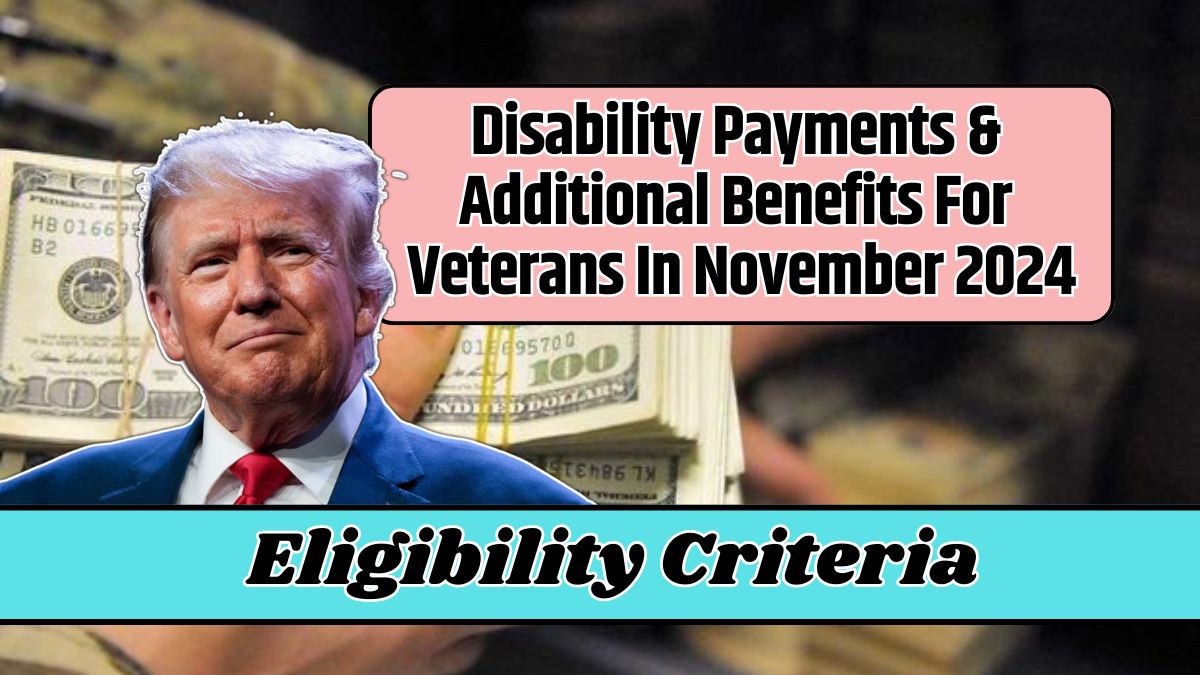A recent audit by the Office of the Inspector General (OIG) revealed a major issue within the Social Security Administration (SSA), highlighting that over $22.8 million in benefits were mistakenly disbursed to the wrong recipients.
These errors were traced back to problems with the SSA’s Electronic Representative Payee System (eRPS), a platform meant to manage payments on behalf of beneficiaries who cannot handle their own finances, like children or individuals with disabilities.
The audit’s findings raise concerns about both the accuracy of payments and the overall monitoring of the funds meant for Social Security and Supplemental Security Income (SSI) recipients. In light of these revelations, the SSA is under pressure to fix the system and ensure that future payments reach the right people.
What Went Wrong with eRPS?
The eRPS system was designed to streamline payments to representative payees—family members or close friends who manage Social Security benefits for those unable to do so.
However, significant errors were uncovered due to inaccurate data transfer between eRPS and SSA’s payment records. This problem resulted in millions of dollars being misdirected to unintended recipients.
Although the system includes a built-in alert to notify SSA employees of discrepancies, the final correction of these errors requires manual intervention.
Unfortunately, the lack of proper oversight allowed many of these mistakes to slip through, leading to substantial overpayments. This highlights a critical flaw: manual steps without proper checks increase the risk of mistakes.
The Scale of the Problem
The audit discovered that the SSA had also misclassified the payee types for 9,300 beneficiaries, leading to even more complications.
About 3,900 representative payees failed to submit required financial reports on how they managed the beneficiaries’ funds, while others were wrongly asked to provide reports they didn’t need to.
These annual reports are vital for ensuring that the benefits are being used correctly, and this confusion weakens the SSA’s ability to monitor the proper use of funds.
How It Affects Beneficiaries
The impact of these mistakes falls hardest on the most vulnerable: elderly, disabled individuals, and children who rely on these payments for their daily needs.
Incorrect payments can cause chaos, leading to beneficiaries receiving less than what they are owed or, conversely, more, which they might later be required to repay.
This issue is not new. The SSA has been dealing with ongoing challenges, including underpayments and overpayments. There have been reports of beneficiaries being forced to repay tens of thousands of dollars after receiving overpayments due to the SSA’s miscalculations.
Often, these repayments are demanded within a tight timeframe, putting already financially vulnerable people in a difficult situation.
The OIG’s Recommendations
The OIG audit provided several recommendations to the SSA to prevent future errors. Key suggestions include:
- Reviewing cases with payee discrepancies: The SSA should conduct thorough reviews of any discrepancies found in the eRPS system to prevent further mistakes.
- Reminding staff of correct procedures: Ensuring SSA staff follows proper protocols when processing representative payee applications is essential to reducing human error.
The SSA has agreed to these recommendations, with the goal of improving the accuracy and accountability of their payments. By implementing these changes, the agency hopes to reduce the number of mismanaged payments and improve oversight.
A Broader Problem for the SSA
The errors uncovered in this audit are part of a larger challenge facing the SSA in managing the billions of dollars in payments it disburses each year.
The agency has struggled with controlling both underpayments and overpayments, and this latest report underscores the urgent need for improved controls and accountability.
For years, the SSA has been criticized for its inability to handle overpayment errors properly. Beneficiaries, often unaware of these mistakes, are later asked to return large sums of money. This can be a huge burden, especially for seniors or disabled individuals who are living on fixed incomes.
In some cases, beneficiaries have been given just 30 days to repay overpayments, which could be devastating for people already struggling financially.
What Comes Next?
With the SSA now acknowledging the issues uncovered in the audit, the focus shifts to correcting the eRPS system and ensuring employees are better trained in catching and addressing discrepancies.
The OIG’s recommendations should lead to improved internal processes and better safeguards against future errors.
Ultimately, the goal is to protect Social Security beneficiaries and ensure they receive the correct payments they rely on for financial security. With the SSA’s commitment to addressing these issues, the hope is that future audits will show improved accuracy and accountability.
FAQs
What did the audit reveal about SSA’s payment system?
The audit found that the SSA mistakenly disbursed $22.8 million in benefits due to errors in its Electronic Representative Payee System (eRPS).
How did the payment mistakes happen?
Errors occurred due to data discrepancies between the eRPS and SSA payment records, along with a lack of manual intervention to correct the issues.
Who is affected by these errors?
Beneficiaries of Social Security and SSI, particularly the elderly, disabled individuals, and children, were impacted by the payment mistakes.
What steps is the SSA taking to fix the problem?
The SSA plans to review cases with discrepancies and train employees to follow proper procedures, as recommended by the Office of the Inspector General (OIG).
Will beneficiaries have to repay the money they received in error?
Some beneficiaries may be asked to repay overpayments, but this has been a controversial issue as many are unaware of the mistakes and unable to repay the large sums quickly.






















